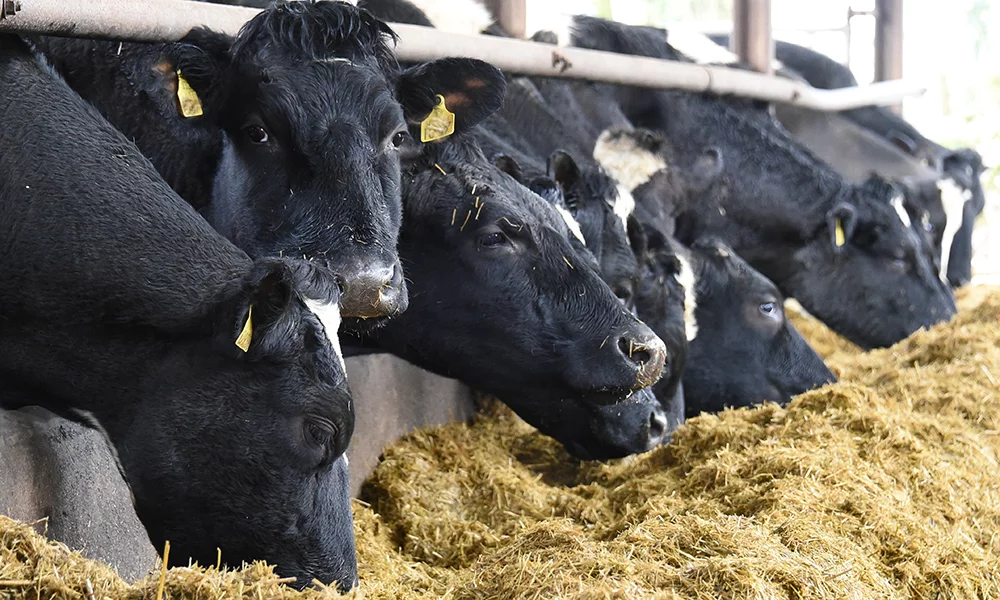Silage Best Practices 2025: What You Really Need to Know

What’s new for 2025?
Silage making is evolving. In recent years, advances in testing methods, additive formulations, and climate variability have changed what “best practice” means. This guide brings together the latest UK‑relevant research, regulation updates, and on‑farm experience to give you a modern playbook.
What is Silage?
Silage is a type of animal fodder that’s made from fermented grass.
Grasses and other pasture crops – like rye and maise – are cut, fermented, compressed and kept until they’re ready to be fed to livestock. As it’s stored with plenty of moisture, the product retains a higher percentage of its natural nutrients (when compared to other feedstuffs – like hay). During the winter months (or other dry periods when the pasture is of lower quality), it can help keep cattle and sheep in good health.
The benefits:
- Animal intake, milk yield and health
- Feed cost efficiency
- Losses from spoilage or heating
How Many Days Are There Before Silage Can Be Fed?
Once silage has been collected and constructed into bales, removing and keeping oxygen out is critical. Fermentation has to happen under anaerobic conditions, meaning that you should keep it airtight for as long as possible (whether that’s by sealing it with plastic, or keeping it in a barn or silo).
Ideally, it would be best if you left a silage clamp closed for at least four weeks. Once oxygen penetrates the product, anaerobic digestion will be disrupted and hamper the product’s nutritional value. If you think you may need to use silage within a few days of closing the clamp, we would recommend keeping smaller bales available, so as to not disrupt your whole yield.
Types of Feed (Silage and Other Feedstuffs)
The demand for the livestock industry has dramatically increased in recent years, with the need for different feedstuffs varying throughout the year. While silage is generally compiled for use with the cattle or sheep, farmers can use straw for both bedding and feed.
Here at AWSM Farming, we offer a full service, which includes the delivery of bales, and feed (including unloading and stacking, where needed.) Each type of feed will provide your livestock with varying levels of nutrients and energy. As with any animal, a balanced diet is vital; food should offer everything needed to remain healthy, while also maintaining welfare.





